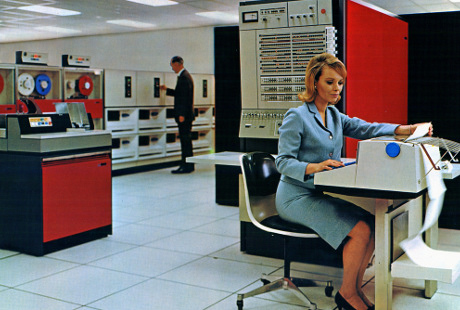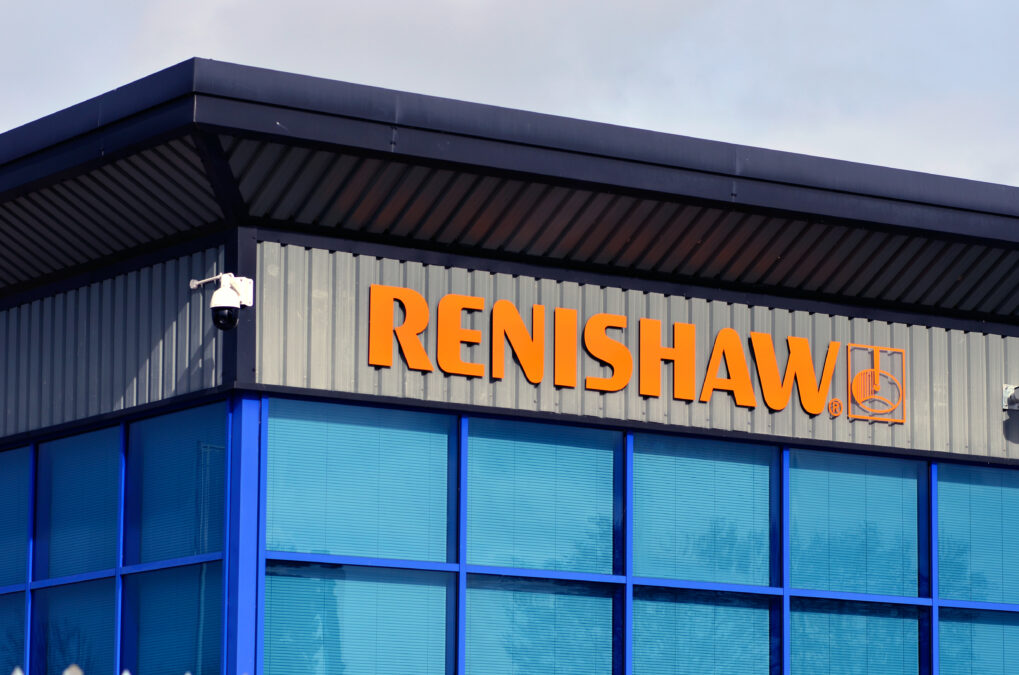For decades, technology has provided our world with great innovation. Whilst rapid change in our industry is nothing new, we are currently witnessing an unprecedented phenomenon as four technologies – social, mobile, cloud and analytics – converge to transform business models and disrupt traditional industries.
As UK businesses seek to capitalise on these technologies, their challenge is not only coping with the dramatically increasing volumes of data, but also, more importantly, gaining business insights from that data, to innovate for the future and provide new profitable services.
Because of this data growth, Gartner expects cloud computing to account for the bulk of new IT spend by 2016 and the mainframe—a landmark technological innovation currently celebrating its 50th year—is poised to power cloud computing into the future.
Over its 50 year history, the mainframe has become the backbone of many businesses, and that is why 92 percent of the top 100 global banks, nearly 100 percent of all credit card transactions and 90 percent of Fortune 500 companies all depend on the IBM mainframe to provide ‘always on’ computing and services.
The inherent spirit behind mainframe-based computing was to provide a robust, scalable system on a pay-as-you-go basis. At its core, cloud computing is a modern extension of the mainframe which was originally designed around three key traits — virtualisation, standardisation and provisioning.
> See also: Strong at 50: sprucing up the mainframe
Not coincidentally, these are the foundational requirements for true cloud implementation, and so today the mainframe provides a highly secure and scalable enterprise cloud for efficiently running business critical applications.
The mainframe has continued to evolve throughout its 50 year history and today drives new industry-leading approaches to cloud, analytics, security, mobile and of course, cloud computing. In fact, the mainframe of today is more relevant than ever in supporting businesses on their IT transformation journey.
Most enterprises today start their cloud journey with low-risk applications, that are not particularly critical to the business, and don’t deal with highly sensitive customer data, but can help to offload some of the computing workload as businesses struggle to manage with their existing IT.
The cloud becomes a safety valve which alleviates the pressure on the business. Over time, with greater familiarity they start to look to the cloud for greater economics, for flexibility, and for business agility, to be able to adapt and respond to changes in the market quickly.
Whether the preferred model is a completely private cloud, where everything runs within an enterprise’s datacenter, or it all runs on a public cloud where a third party provides a complete computing service via the web, or a hybrid model where both private and public coexist in a best-of –both worlds solution, the modern mainframe provides:
- Scalability: to enable businesses to scale quickly and efficiently both up and down to match demand with complete confidence and zero loss of availability;
- Reliability: to provide a cloud computing environment that is always accessible with provisions for rapid recovery from failure;
- Multi-Tenancy: to allow multiple users to access software applications on the same system, concurrently and securely;
- Cost Efficiency: to enable consolidation of a distributed cloud environment onto one mainframe creating a simplified, more efficient environment with reductions in floor space and power requirements, and higher return on investment over the life of the platform;
- Security: to offer unmatched system security, the mainframe ensures isolation and protection of each virtual server environment.
We are seeing household names as well as small and medium enterprises across the UK leverage these advantages and efficiencies by consolidating their cloud environments on a mainframe.
The Met Office, for example, has been at the forefront of global weather and climate science for 150 years, with the mainframe at the core of their mission for the last 40 years. It provides critical weather-related products and services for a variety of business sectors and governments around the world.
From forecasting to the airline and shipping industries, to consultancy services to the public sector to manage weather emergencies, the Met Office is an essential partner to improve efficiency, effectiveness and safety with world-class weather science.
The mainframe, with its ability to dramatically scale to manage the vast amounts of meteorological data, has consistently delivered business value, and continues to support most of the products and services the organisation delivers, even as IT trends have changed. Today, the Met Office is consolidating workloads back onto the mainframe to reduce costs and gain the reliability and manageability of a centralised computing architecture based on today’s modern zEnterprise mainframe system.
The financial services industry is also at the forefront of this technological revolution. Barclays, for example, was probably one of the first banks in the UK to adopt mainframe technology, initially for account and card processing. Its use of mainframe has grown and evolved over the years as the bank acquired more customers and introduced increasingly interactive and engaging technology in its branches.
The mainframe continued to support the growth and sophistication of technology within ATM’s and self-serve devices, and today is at the core of Barclays’ award winning innovative mobile technology Pingit.
With more than 50 billion transactions a year running on the mainframe, driven by the dramatic growth in mobile banking, Barclays sees the mainframe at the heart of its business, and its reliability over time makes it a first choice to underpin industrial scale banking services which are designed to be always available, any time, any place, 24 hours a day.
These are just a few examples of how the mainframe has evolved alongside modern technology. By offering integration, security and scalability combined with relentless innovation, the mainframe is helping businesses to stay ahead of changing market dynamics with a resilient solution for today’s cloud environment.
In fact, the mainframe is anything but a technological revolution of the past – it is an engine of progress which will continue to be a vital enabler of technology for decades to come.






